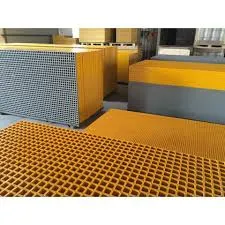In conclusion, the use of FRP fuel tanks represents a significant advancement in fuel storage technology. Their robustness, resistance to corrosion, lightweight design, and customization possibilities make them an attractive choice across diverse industries. As we continue to prioritize safety, efficiency, and sustainability, the role of FRP fuel tanks is set to grow even more prominent in the future.
...
2025-08-14 15:12
1824


